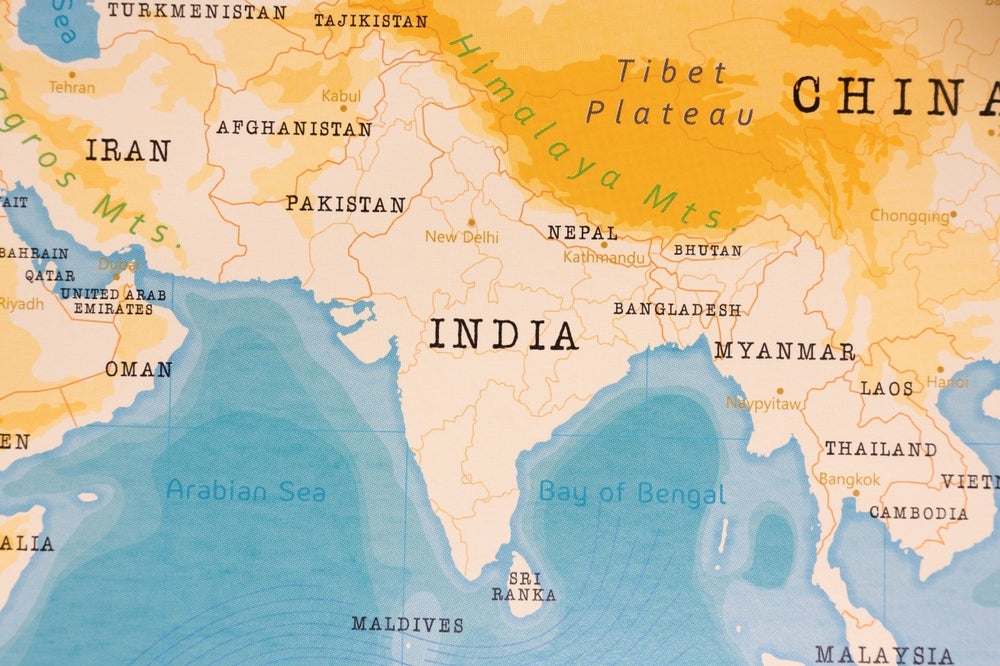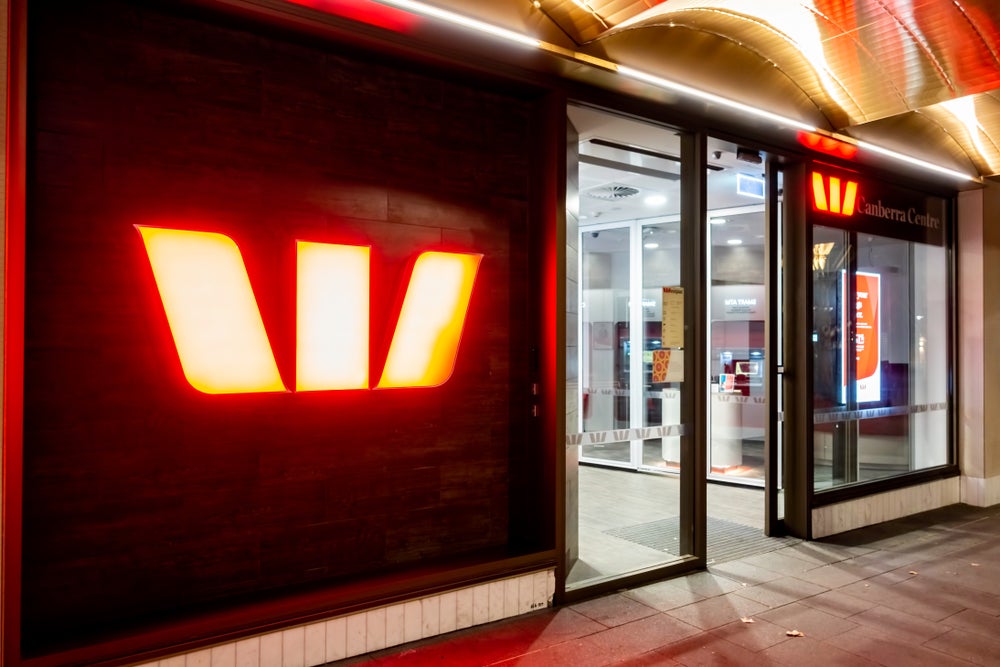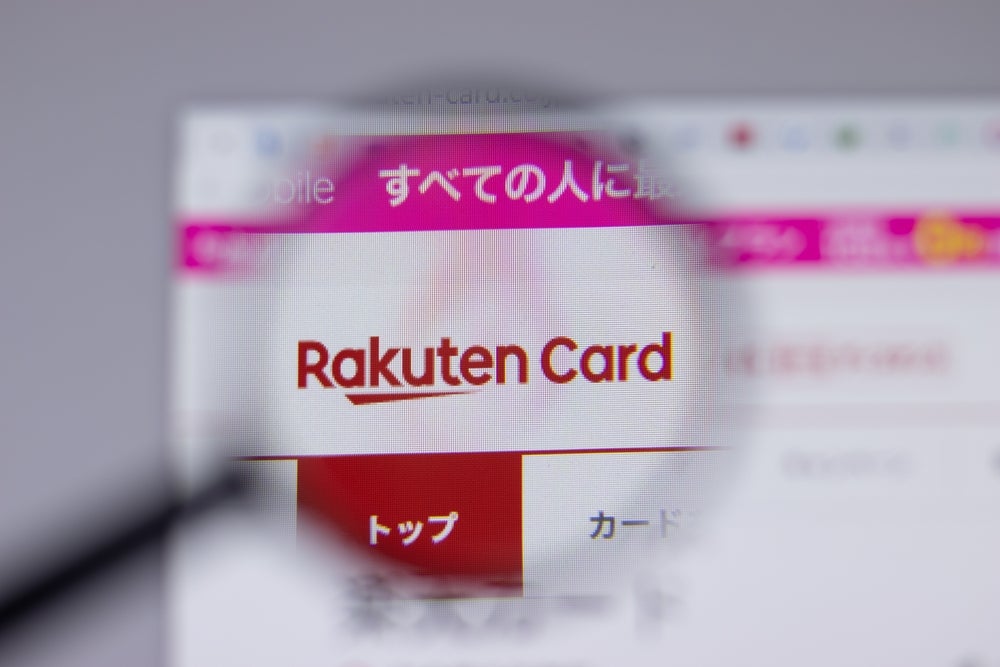The Japanese payment card market has long been
acknowledged as probably the most technologically advanced in the
world. Contactless technology and mobile payments were being used
in Japan well before the rest of the world managed to catch up.
However, in terms of card usage, Japan remains a cash-centric
society where payment market opportunities remain largely untapped,
according to a new report from US payments consultancy Mercator
Advisory Group.
 In its latest research,
In its latest research,
Mercator notes that with close to 800 million credit and debit
cards in circulation at the end of 2007, Japan’s payment card
penetration rate is one of the highest in the world. Japanese
residents on average have 6.2 credit or debit cards per person,
higher than their peers in most card markets globally, including
the US where an average resident has 3.6 cards. Despite the high
number of cards per person, usage remains low compared to the rest
of the world. According to Mercator, an average Japanese resident
spent only around $30 on their credit and debit cards in 2007,
while in the US the number was closer to $180.
Cultural and infrastructure
factors at play
According to Mercator, the relatively low
card usage in Japan can be attributed to a variety of factors,
including but not limited to culture, industry infrastructure, card
acceptance, and regulatory environment, among many others. For
Japanese consumers, however, the reason could be that they don’t
view payments cards as providing enough value in terms of service
quality, convenience, and flexibility for consumers to change their
preference of cash.
As a result, despite relatively healthy
growth for credit cards over the past 5 years, this payment method
still has a long way to go in terms of becoming Japanese consumers’
preferred payment method at the point of sale.
Credit cards enjoy the highest usage rate
among electronic payment products in Japan, but profit margins
remain relatively thin despite high merchant fees.
How well do you really know your competitors?
Access the most comprehensive Company Profiles on the market, powered by GlobalData. Save hours of research. Gain competitive edge.

Thank you!
Your download email will arrive shortly
Not ready to buy yet? Download a free sample
We are confident about the unique quality of our Company Profiles. However, we want you to make the most beneficial decision for your business, so we offer a free sample that you can download by submitting the below form
By GlobalDataJapanese consumers have been using credit
cards like charge cards, thus limiting the interest income
potentials. Recent changes in consumer lending law do not help the
cause, says Mercator.
As for debit cards, the market struggled
in the past three years after the initial high-speed growth in the
first several years after they were officially introduced in
2000.
E-money rivals cash at the
POS
It may be Japan’s fondness for
cutting-edge technology, that could bring about a fundamental
change in the way Japanese consumers make payments. Mercator notes
that e-money services, backed by prepaid card accounts as well as
credit card accounts, have quickly become the most popular payment
method at the point of sale – besides cash.
Terry Xie, director of Mercator Advisory
Group’s International Advisory Service and principal analyst, said:
“The e-money services will be key to tomorrow’s Japanese payment
card market.
“E-money’s impact on the increasing use of
prepaid cards is well known. But its implications are much more
far-reaching than many have realised. For the first time in the
history of Japan’s payment card market, electronic payment methods
have become a really viable alternative to cash for payment at the
POS with their unprecedented levels of convenience and
flexibility.”
“This will fundamentally change Japanese
consumers’ perception of electronic payments and its importance
cannot be over-estimated,” Xie added.
“It is the critical market for not just
prepaid cards but also credit and debit card industries in Japan.
Especially for debit cards, unless the debit card industry figures
out a way to get a piece of the fast-growing e-money market, their
current struggles will continue.”







